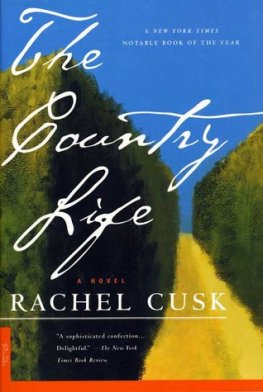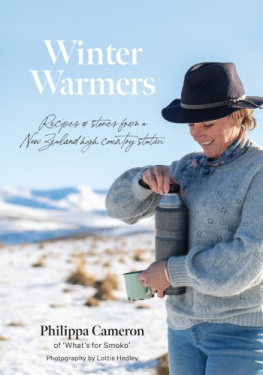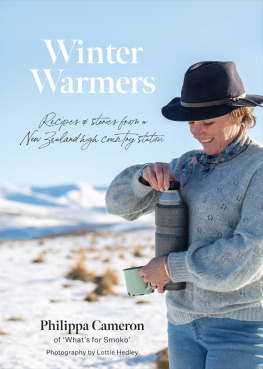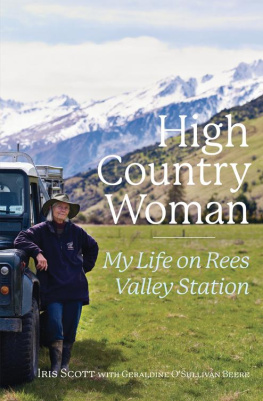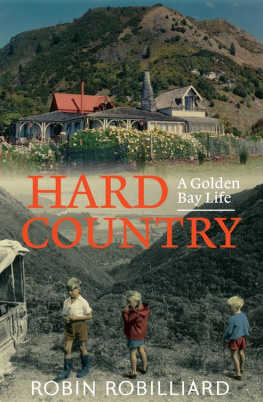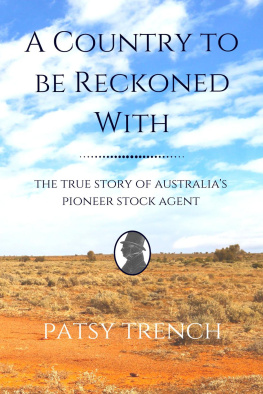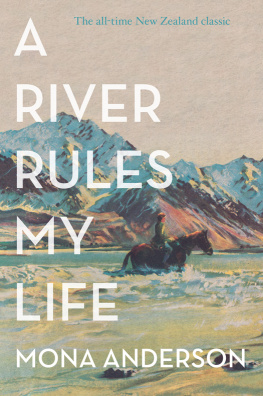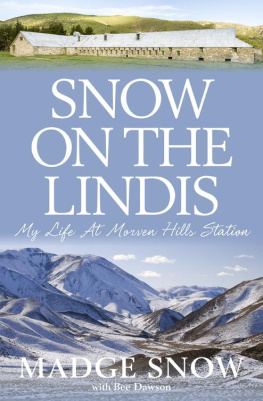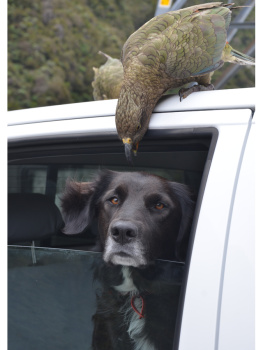Christine Fernyhough is a woman of energy and enterprise who is well known as a leading Auckland philanthropist, having set up Books in Homes and then the Gifted Kids Programme for high achieving children in low decile schools. In 2004, and recently widowed, she heard the legendary Castle Hill Station, near Porters Pass in Canterbury, was for sale, bought it, and began a new life learning to run a high country farm at some of the highest elevations in the South Island.
Warm and humorous, this inspirational book tells the story of a woman bold enough to do what many only dream of. Beautifully illustrated with photographs by John Bougen, The Road To Castle Hill is a celebration of the New Zealand hight-country way of life.
To my wonderful family, especially my mother and late father, and my children, David, Kate and Joseph, who said, Go for it, Mum and who continue to look out for me, to hold me close.
To my late husband, John, who encouraged me to be brave and enterprising. Buying Castle Hill was a quantum leap even for me.
To my friends, who support me as they eat and wear Merino, and particularly to Bets, who introduced me to half of Canterbury, and to Lindsay, Kathy, Anna, Pam and Julie, Craig, Riki, Dick and Jude Frizzell, and my South Island champions: Annie and John Chapman, Jess and Stewart Gunn, Gillie and Tim Deans and Pru and Tim Wallis.
To Snow, who in farming parlance has been on Castle Hill for a mere blink of the eye and who through his hard work, finely honed stock skills and wonderful sense of humour has changed for the best the fortunes of Castle Hill.
To Keith, who truly did look after his bonnie lass.
To Emily and Anders Crofoot of Castlepoint Station and to my friends in and around the Waimakariri, the Rakaia and the Ashburton gorges, places where courtesies, consideration and the milk of human kindness reign supreme.
To Nicola Legat, a delight to work alongside and who said there was a story when I doubted her, and the rest of the team at Random House. It was the light in the eyes of a guy who had fallen in love with Mona Andersons stories and who I met over a pint of Speights that convinced me that my story of struggle and joy, laughter, hardship, mistakes and love in the high country was worth telling.
To Louise, thoughtful, erudite, incisive, patient, truly patient. Thank you for giving me time to come to terms with what it was to really talk, to do away with my lateral arabesques, to stop mustering at every opportunity and to make sense of my life, my thoughts, my emotions.
To John, for whom it must be a relief to stop saying What part of look at me dont you understand? With your eye you have captured the essence of my Paradise. Your photographs traverse the many moods and seasons, light and subtlety of this special landscape. The people pictured whether in repose or in action, they too, exude a comfort, a contentment, a familiarity, a closeness to this wondrous land.
To the innovation and productivity of farmers, everywhere in New Zealand.
In the stones horizons sing.
Christine Fernyhough
Castle Hill Station
July 2007
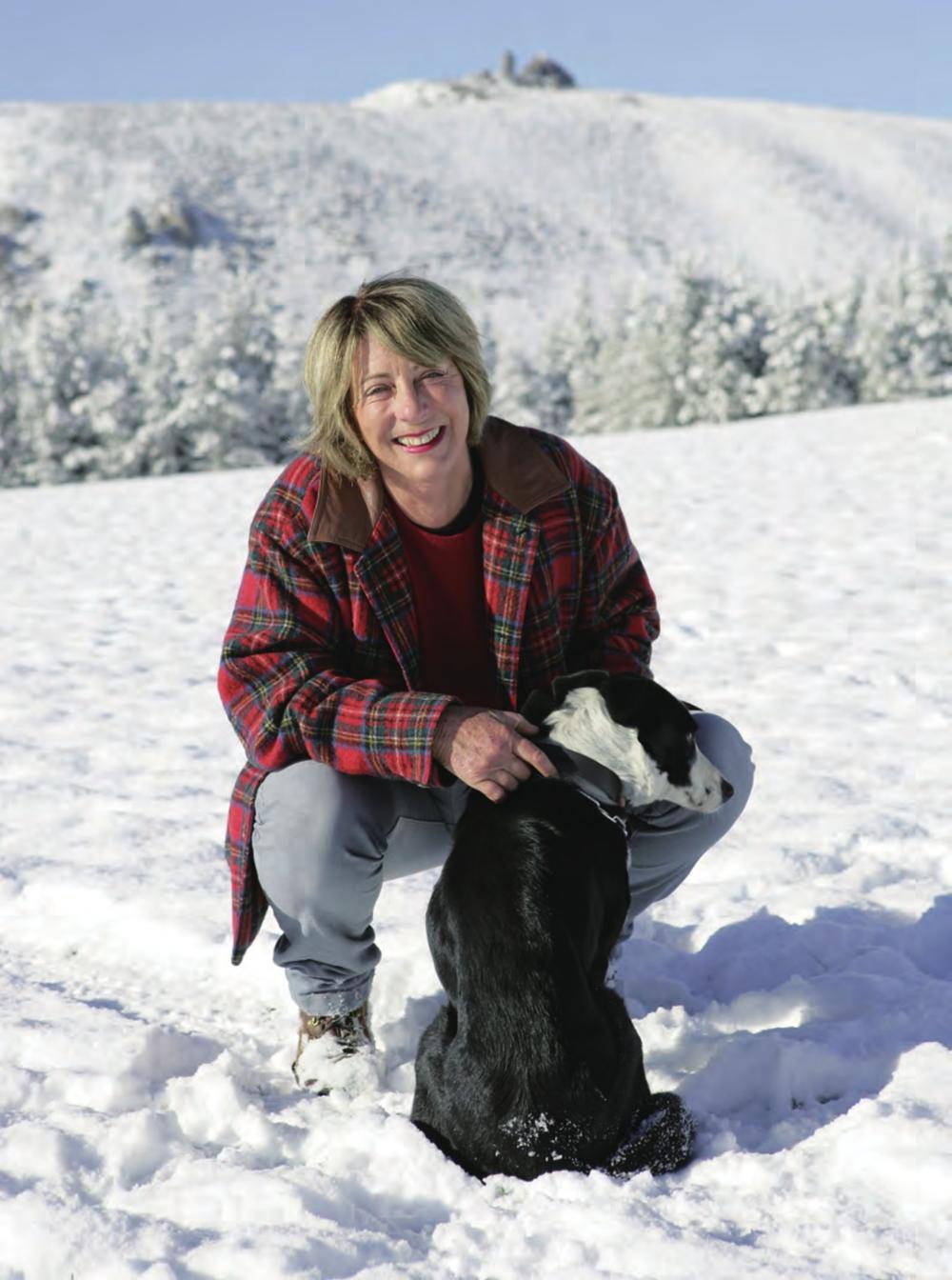
State Highway 73 runs from Christchurch across to Greymouth on the West Coast. It begins with a series of long straights through table-flat farm land, fields straddled by fine insect-like lines of irrigators, and small country towns Yaldhurst, West Melton, Kirwee, Darfield, Waddington, Sheffield, Annat, Springfield before climbing the distant ranges to cross over Arthurs Pass. At first the ranks of hills lie below the horizon; then rise and approach in a series of jump cuts until suddenly, beyond Springfield, you are amongst them on the climb up and over Porters Pass. The road winds between steep tussock, kanuka and matagouri-covered scree. On the lower slopes are hebes, tight mounds of vegetation which in flower look from a distance like sheep. Gorse and broom fill the stony river beds, colour the roadside verges and are colonising the boundary slopes above and below the highway. In late spring the first of the wild lupins flower in clumps on the long acre.
I couldnt see the run-down state of the station. Neither was I aware of its fearsome reputation as a hard place to farm because of its altitude and climate I was totally captured by the scale and grandeur of the place and the thought that I might become a part of it.
This is not a conventionally pretty landscape. Rather, it has a harsh beauty and an unforgiving terrain that at certain times early morning or a summer twilight can with a trick of the light deceive, making the erosion-exposed bones of the hillsides appear velvety soft, as if coated in the finest of grey powder.
On a morning in May 2004, I turned onto State Highway 73 out of Christchurch with my son David and son-in-law, Rob. We were on our way to Castle Hill, one of the oldest and best known of the South Island high country sheep stations. The week before I had learnt it was for sale. There were just days before the tender closed and amongst the family, David and Rob were the only ones who could take time to accompany me. At Lake Lyndon, Gerry McSweeney was to join us. Gerry is co-owner of Cora Lynn, a neighbouring station, and manager of its eco-tourism Wilderness Lodge. That day, however, he would be there in yet another of his roles, as a representative of the Nature Heritage Fund (NHF), the governments conservation land agent funded by the Department of Conservation. Nature Heritage was looking for a partner in a purchase that would give the heritage group two-thirds of Castle Hills land. They wanted key recreation and conservation areas of national interest, basically the tops of the surrounding ranges above a certain level. This would leave the rest, the lower hills and flats, to be farmed. Also joining us was Allan McKenzie, manager of land purchases at the Department of Conservation in Wellington. Nature Heritage and DOC would be central players in any sale negotiations.
It was a fine day but cold, a freezing wind blowing across the lake; we were dressed for a mild Auckland autumn. Gerry, used to city guests lack of appropriate wardrobe, handed out jackets before driving us a short way along the road and onto terraces that run below Mt Plenty, between Dry Stream and the Porter River. Even as he was telling me I would not want this particular piece of the stations patchwork of terraces, flats and hills, covered as it was with hieracium, I was assuring him it would be fine by me, already in thrall to my surroundings.
Castle Hill is the first station in the Waimakariri Valley between Porters Pass and Arthurs Pass. It sits in a basin cupped by the Craigieburn and Torlesse ranges, bisected by the main highway. That day there was a fierce clarity to the air. The sky was so vast, the landscape so grand with its great jumble of limestone rocks and castellated outcrops that so define the area. However, it is a vista that is not to everyones taste. The first European explorer to look down across the country north of Porters Pass and the Torlesse Range thought it a romantic and chaotic mass of mountains. On closer inspection Charles Torlesse was less enthusiastic: The scene did not strike me as promising a smiling or cheerful home. It chilled me to look at it. Nine years later, in 1858, traversing the land around Castle Hill for the first time, he claimed that the wretched Broken River country gave me positive pain to look at from its barren and misshapen appearance. I could understand his disquiet. On previous trips south I would look with dismay at the emptiness, the tawny coloured expanses few trees, few birds, vast and empty. I could only think of what was familiar: the lush green pastures of the north where you could see sheep grazing, unlike the high countrys one sheep per acre.


